Thierry Legault, a French astrophotographer, used a telescope to capture the International Space Station (ISS) passing in front of the Sun on June 9.
The ISS flies through sunspot clusters. Video : Thierry Legault
At a speed of about 28,000 km/h, the ISS completes one orbit around the Earth in 90 minutes or so, but only passes in front of the Sun for about 0.75 seconds. Therefore, capturing high-resolution images like Legault's is extremely difficult, Business Insider reported on June 14.
"The flyby lasted less than a second," said Legault, who was lucky enough to capture the moment when, 45 minutes later, a large cloud moved in to block out the sun.
In the footage, the ISS passes in front of three sunspot clusters, one of which is large enough to swallow Earth. At this time, NASA astronauts Stephen Bowen and Warren Hoburg have just stepped outside the station to install new solar panels.
In the video, the ISS appears to be very close to the Sun, but in reality it is incredibly far away. The ISS orbits the Earth at an altitude of about 400 km, while the Sun is 150 million km away.
Sunspots appear dark because they are cooler than other areas of the Sun's surface, according to NASA. Sunspots are cooler because they form where strong magnetic fields prevent heat from the Sun's interior from reaching the surface. At sunspots, the magnetic fields become unstable and can trigger solar flares — powerful explosions that send energy and high-speed particles into space. Solar flares can create spectacular auroras, but they can also disrupt radio signals on Earth. Strong solar flares can even impact satellites, communications systems, power grids, and, in the worst cases, cause power outages or blackouts.
According to NASA, charged particles from solar flares can also pose some radiation risks to astronauts, especially when they leave the ISS for spacewalks. Therefore, scientists are still carefully monitoring solar flares and NASA can cancel spacewalks before these particles reach Earth to ensure astronaut safety.
Thu Thao (According to Business Insider )
Source link



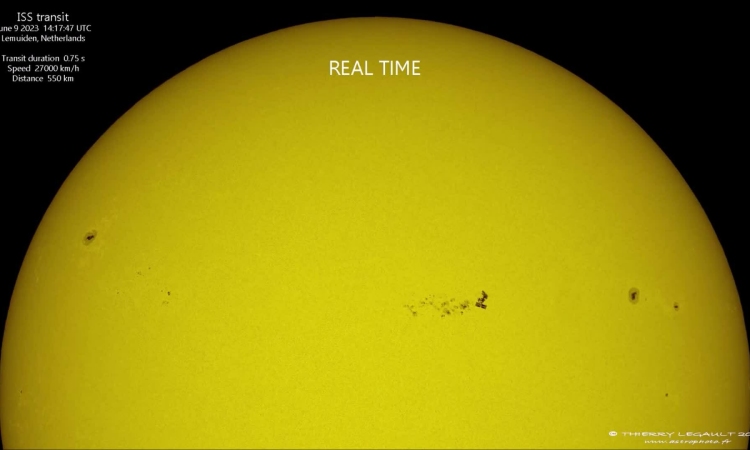




![[Photo] General Secretary To Lam attends the 80th anniversary of Vietnam's diplomacy](https://vstatic.vietnam.vn/vietnam/resource/IMAGE/2025/8/25/3dc715efdbf74937b6fe8072bac5cb30)



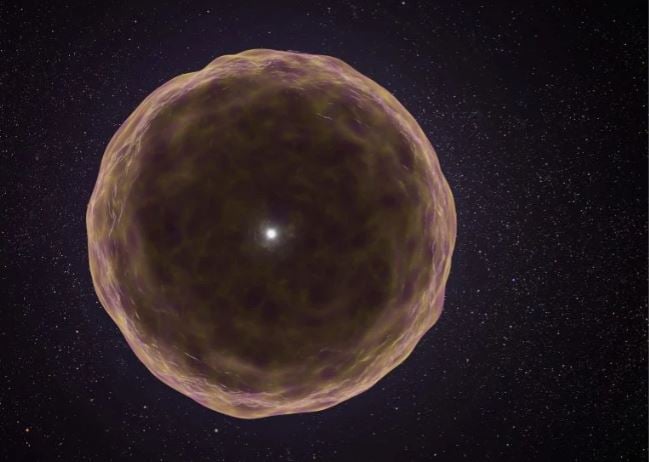
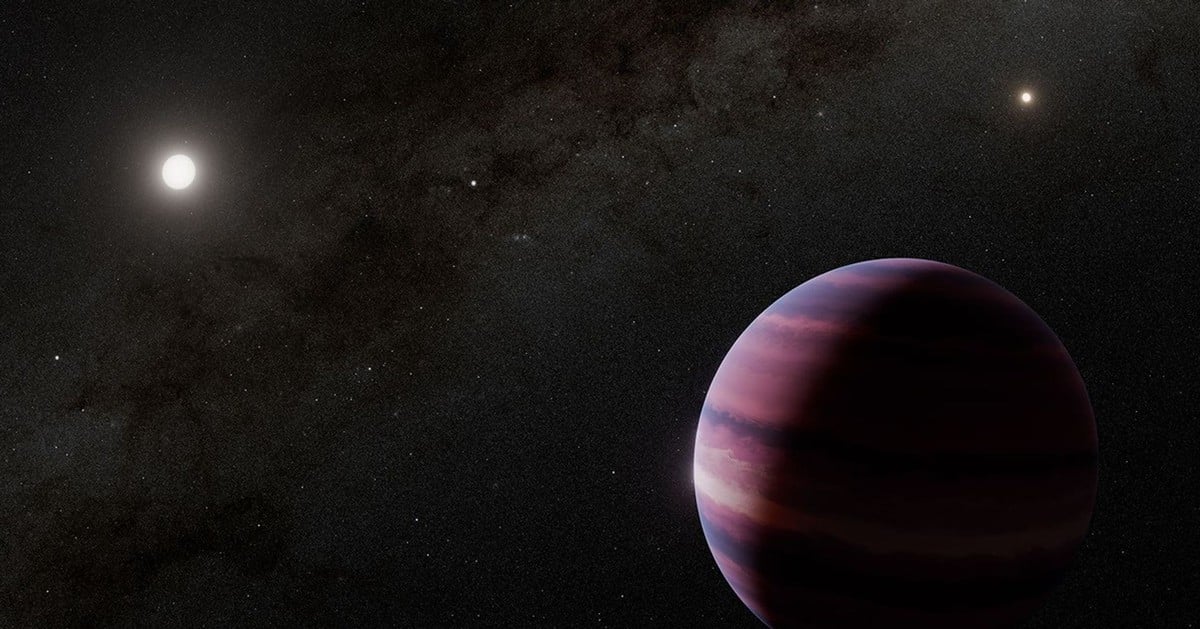





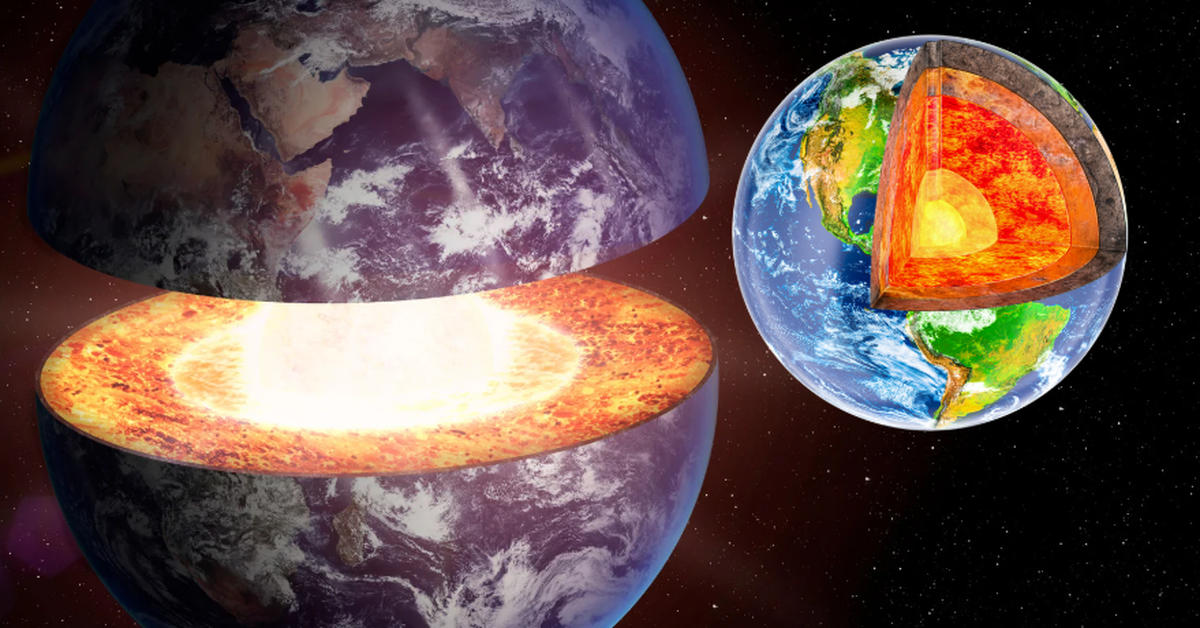





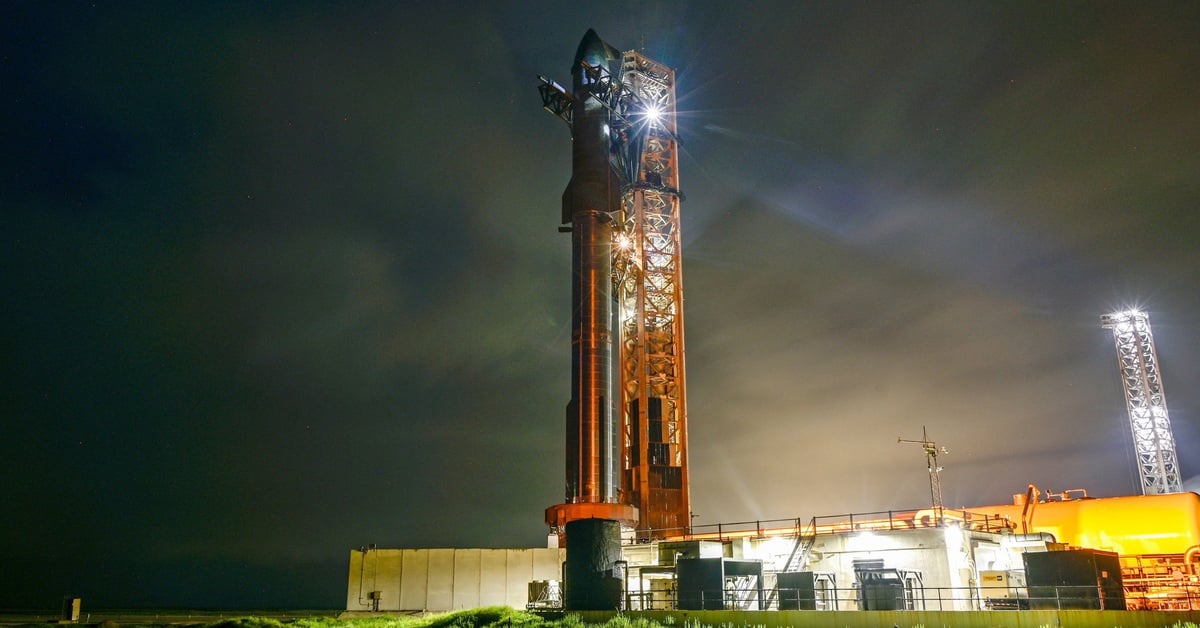
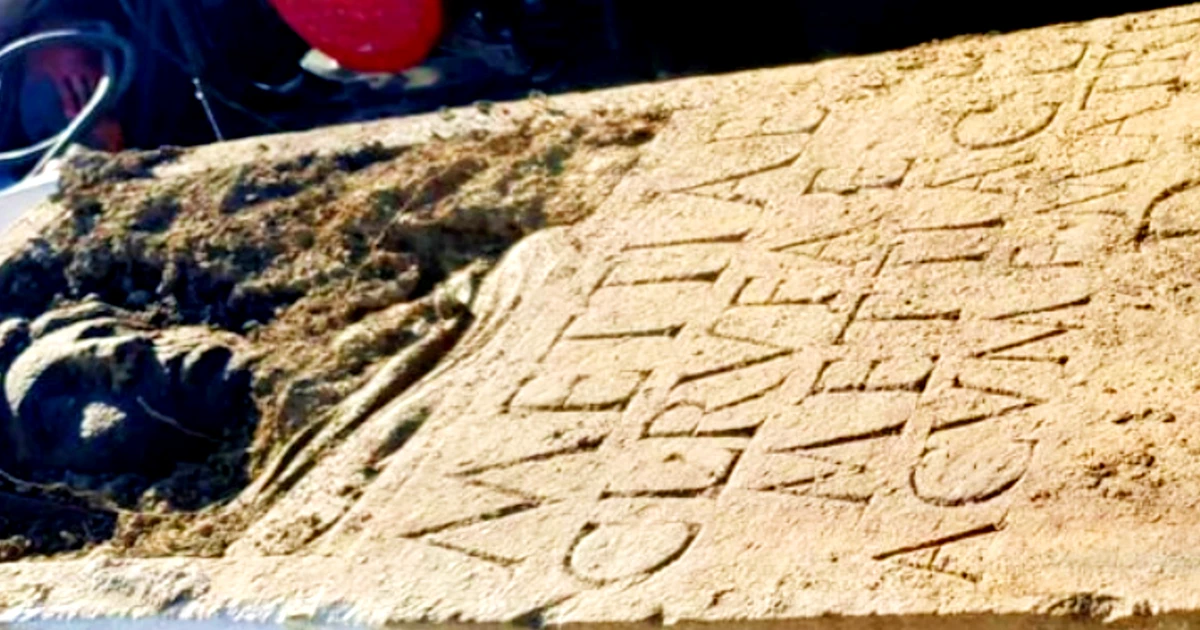








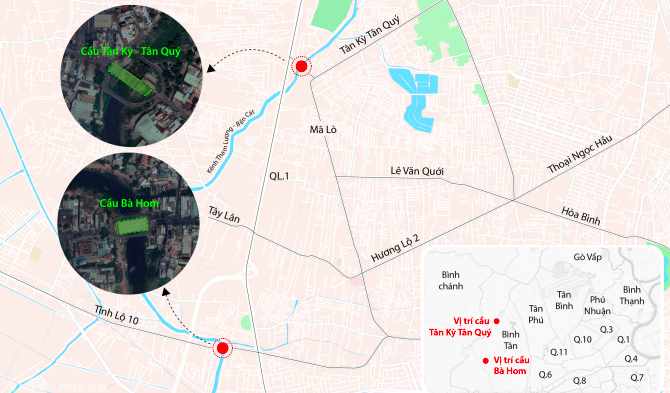

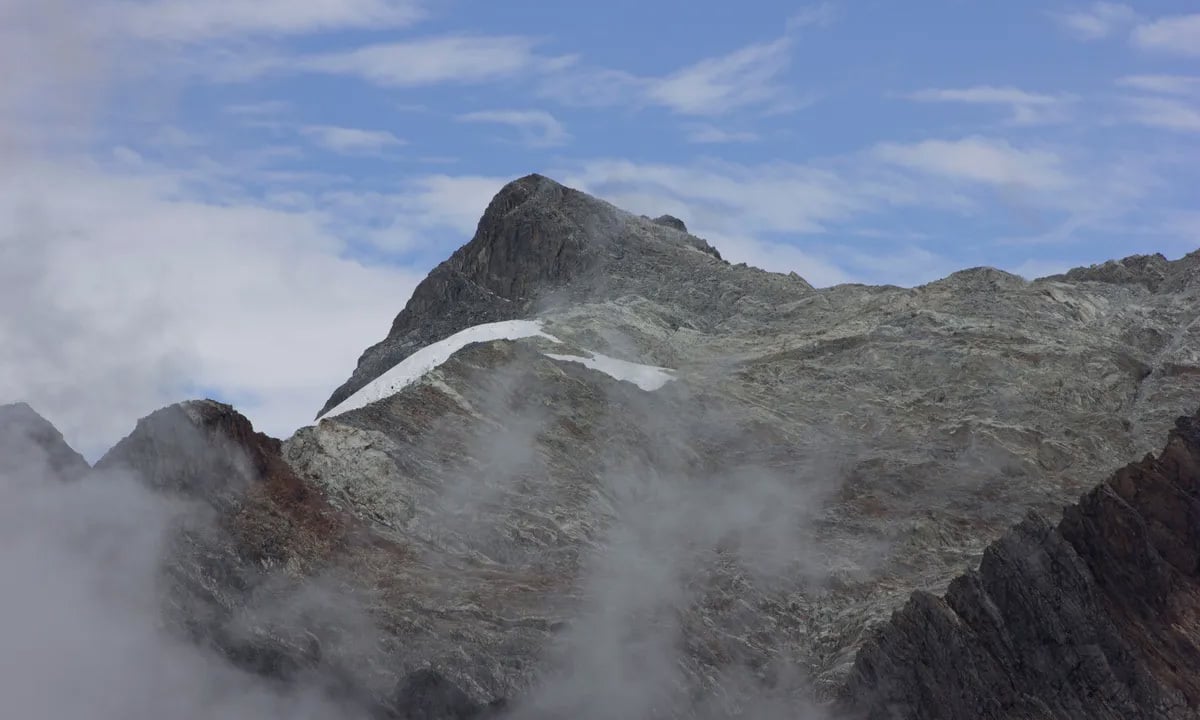



































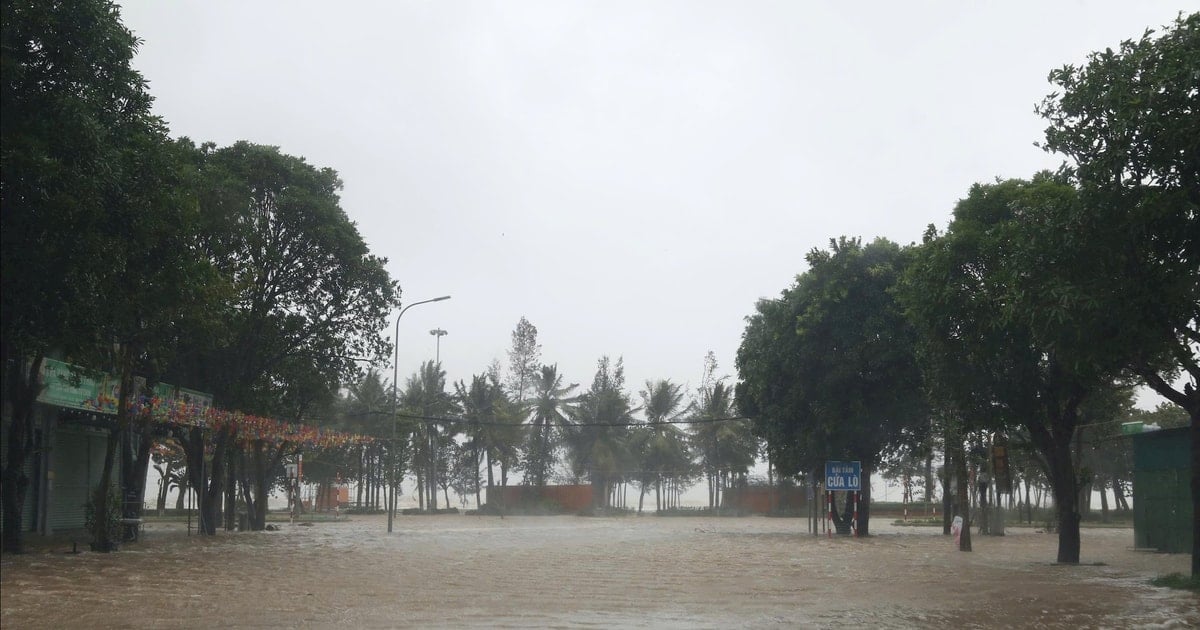

































Comment (0)